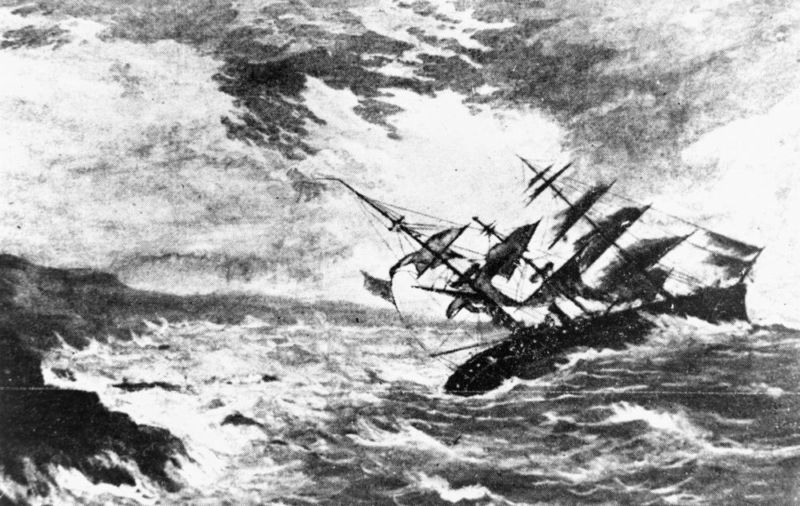You can help “rescue” weather data from the 1860s
Ars Technica » Scientific Method 2019-03-22

Enlarge / The wreck of the Royal Charter in 1859 led to systematic weather observations in the UK—but researchers need help reading them all. (credit: Wikimedia)
“Weather Rescue” sounds like it could be a Baywatch-style TV show about the adventures of an emergency response team. But the Weather Rescue project led by University of Reading researcher Ed Hawkins is actually focused on data that need rescuing.
The UK Met Office has an incredible trove of historical weather data in its archives that is trapped on paper. While it’s safe there, scientists need it in digital form in order to do anything interesting with it. The collection goes all the way back to 1860 and includes the first weather forecasts coordinated by Vice-Admiral Robert FitzRoy—the same Robert FitzRoy who captained the HMS Beagle on Charles Darwin’s historic trip.
After a storm sunk 200 ships off the coast of Wales (including the Royal Charter and its crew of 450), FitzRoy set about creating a network of UK weather stations that could telegraph daily observations to him in London. In February 1861, he put out the first forecast storm warning. After some of the fishermen who ignored this new-fangled sorcery sank in the storm, the forecasts encountered an increasingly attentive audience.